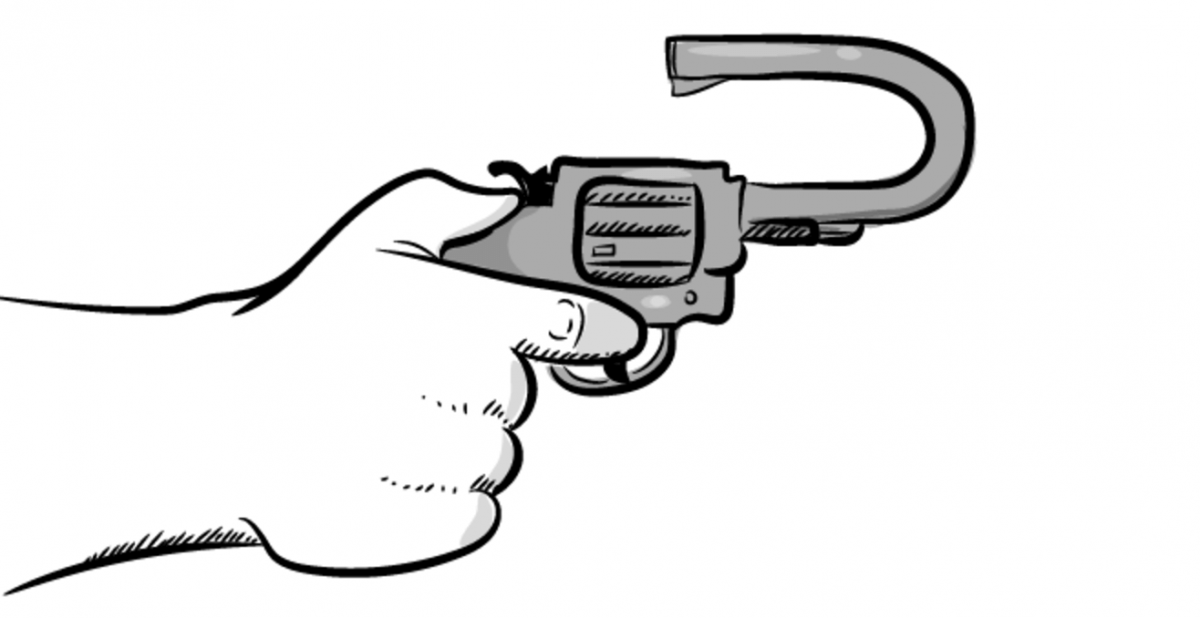Introduction
In the realm of decision making, we often assume that people are rational beings, capable of weighing evidence and revising their beliefs based on new information. However, psychological research has uncovered a fascinating phenomenon known as the Backfiring Effect, which challenges this assumption. The Backfiring Effect refers to a cognitive bias where individuals, when presented with contrary evidence, not only fail to change their beliefs but become more entrenched in their original positions. In this blog post, we will delve into the depths of this mental model, exploring its psychological underpinnings and its relevance in decision-making processes. We will also provide practical strategies to identify and mitigate the Backfiring Effect’s influence on our judgments.
The Psychological Anchoring of the Backfiring Effect
The Backfiring Effect finds its roots in human psychology, specifically in the interplay between cognition and emotion. When individuals hold strong beliefs or opinions, these convictions become closely intertwined with their identities and self-worth. Consequently, when presented with conflicting information, it triggers a defensive mechanism to protect their sense of self and reduces their openness to alternative perspectives. This is a natural response driven by cognitive biases, such as confirmation bias, cognitive dissonance, and belief perseverance.
Examples of the Backfiring Effect
- Personal Life Decisions: Imagine a person who strongly believes that following a specific diet plan is the key to a healthy lifestyle. Despite mounting scientific evidence highlighting the flaws in that particular diet, the individual’s conviction may intensify. They might resist contrary information and dismiss the scientific consensus, thereby jeopardizing their own well-being. The Backfiring Effect, in this case, manifests as the reinforcement of an unhealthy dietary choice due to emotional attachment to their beliefs.
- Business Scenarios: In a competitive business environment, companies often invest significant resources in a particular strategy. Suppose a company has been using traditional advertising methods and is reluctant to embrace digital marketing despite evidence suggesting its effectiveness. Instead of considering the research, they may double down on their traditional approach, leading to missed opportunities and a decline in market share. The Backfiring Effect hinders their ability to adapt and innovate by reinforcing outdated beliefs.
- Public Policy-Making: In the realm of public policy, the Backfiring Effect can have profound implications. Political leaders and policymakers may hold firm ideological stances, refusing to acknowledge evidence that challenges their views. This can lead to policies that are detrimental to society’s well-being and counterproductive to achieving the desired outcomes. By succumbing to the Backfiring Effect, decision-makers risk prioritizing personal biases over the greater good.
Contributing Mental Biases and Psychological Underpinnings
The Backfiring Effect is closely intertwined with other cognitive biases that further exacerbate its impact. Confirmation bias, for instance, plays a crucial role, as individuals tend to seek information that confirms their existing beliefs, thereby disregarding contradictory evidence. Cognitive dissonance, on the other hand, creates discomfort when confronted with opposing viewpoints, motivating individuals to seek psychological harmony by rejecting or distorting opposing evidence. Moreover, belief perseverance, the inclination to maintain beliefs even when proven wrong, solidifies the Backfiring Effect by perpetuating irrationality.
Avoiding the Backfiring Effect: Strategies for Objective Decision Making:
- Cultivate Intellectual Humility: Recognize that our beliefs are fallible and subject to revision. Embrace a growth mindset and remain open to new evidence and perspectives, even if they challenge our pre-existing beliefs.
- Seek Diverse Information: Actively expose yourself to a variety of viewpoints and sources of information. Engage in constructive dialogue with those who hold different opinions, fostering intellectual curiosity and empathy.
- Develop Critical Thinking Skills: Sharpen your ability to evaluate evidence and arguments objectively. Learn to identify logical fallacies and biases that can cloud judgment. Engaging in deliberate and reflective thinking can help counter the Backfiring Effect.
- Encourage Cognitive Dissonance: Embrace the discomfort that arises when encountering opposing viewpoints. Use it as an opportunity for self-reflection and growth, rather than retreating into a defensive posture.
Conclusion
The Backfiring Effect poses a significant challenge to our decision-making processes, as it hinders our ability to adapt and make rational choices. By understanding the psychological underpinnings of this mental model and the biases that contribute to it, we can actively work towards minimizing its influence. By cultivating intellectual humility, seeking diverse information, developing critical thinking skills, and embracing cognitive dissonance, we can navigate our cognitive biases and make more objective decisions. Awareness of the Backfiring Effect and active avoidance of this mental trap are crucial for individuals, businesses, and policymakers to ensure that their choices align with their best interests and the greater good.
